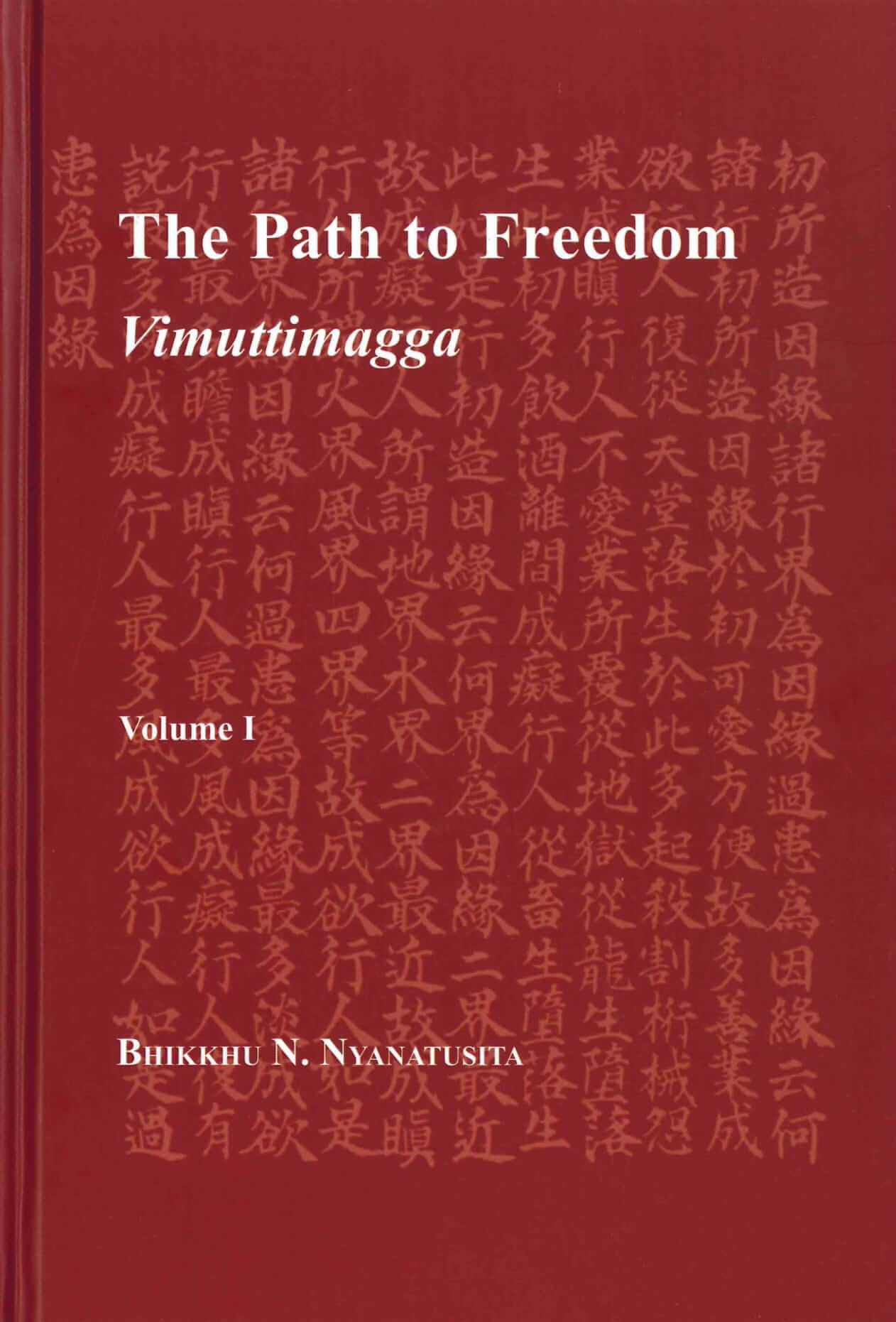This exquisite documentary explores the world of forest-dwelling Theravadan monks at Abhayagiri Buddhist Monastery in Redwood Valley, California. Abhayagiri (“Fearless Mountain” in Pali) is a community of monks who follow the precepts originally set down by Buddha. An inspirational film that captures the heart of inquiry as well as the beauty and simplicity of a Buddhist lifestyle.
Seven key chants in good quality.
Pali Chanting in Thai Script in Romanized Pali and with English Translation. Collecting and publishing the Theravada Chantings as recited in Thailand is the purpose of this blog.
The John C. and Susan L. Huntington Photographic Archive of Buddhist and Related Art contains nearly 300,000 original color slides and black and white and color photographs of art and architecture throughout Asia. Countries covered in the collection include India, Afghanistan, Pakistan, Bangladesh, Sri Lanka, Nepal, Thailand, Indonesia, Myanmar (Burma), China, and Japan.
- On this website you will find a lot of photos about Myanmar (Burma).
- No big story, only pictures. If you're interested in Buddhist temples and statues, this is the place to be!
This site, one of the oldest Buddhist sites on the web, takes a highly personal and practical approach towards Buddhism. Includes a Buddhist humor section.
This site offers an extensive collection of English translations of suttas from the Pāli Canon, as well as a multitude of free downloads of Dhamma from the Kammaṭṭhāna (or Thai Forest) Tradition of Buddhism. Ṭhānissaro Bhikkhu of Metta Forest Monastery is the speaker, author or translator unless otherwise noted.
Contemporary Buddhism publishes articles on the current state of Buddhism from across the human sciences. The journal presents work from philosophers, theologians, historians, psychologists, anthropologists, sociologists and political scientists. Contemporary Buddhism examines the historical, doctrinal and political developments that have formed contemporary versions of Buddhism.
Book by Bhikkhu Nanamoli. Among the numerous lives of the Buddha, this volume may well claim a place of its own. Composed entirely from texts of the Pali Canon, the oldest authentic record, it portrays an image of the Buddha which is vivid, warm, and moving. Chapters on the Buddha's personality and doctrine are especially illuminating, and the translation is marked by lucidity and dignity throughout.
Ce site en français est dévolu à la connaissance du bouddhisme theravâda.
La Casa de Meditación Vipassana se funda en México en el año 1985, bajo la guía espiritual del Muy Venerable Ajahn Tong Sirimangalo (Venerable Chao Khun Phra Raja Prommajahn). Es entonces cuando se transmiten por primera vez en nuestro país las enseñanzas de la tradición del Budismo Theravada y la práctica de la meditación de introspección Vipassana, legadas por los Theras, o monjes más antiguos, y que son las más cercanas a las enseñanzas del Buda Histórico (Sidharta Gautama). La Fundadora, Guía Espiritual Residente y representante del Muy Venerable Ajan Tong en México es Chakkaratani (Vicky Gurza), quien recibiera la enseñanza y la preparación directamente del Muy Venerable en el año de 1984 en Tailandia. La semilla sembrada desde entonces ha germinado en otros grupos o escuelas de meditación Vipassana.
The Department of Pali and Buddhist Studies is one of the oldest departments that exists in the faculty of Humanities and has an outstanding international reputation. It is a vigorous and expanding center of teaching and research and remains deeply committed to the study of Pali and Buddhist Studies. The department handles three main disciplines. They are Pali, Buddhist Philosophy and Buddhist Culture.
Jain sacred books, composed in Ardha-Magadhi language, a close relative of Pali.
The mission of the Oregon Buddhist Vihara is to share the Buddha's message of Peace and Happiness and help to create peace and harmony within and ourselves and in the surrounding world. Vihara is open to people of all faith traditions and cultures. We welcome you come and see, to participate in spiritual practices such as meditation, sila bhavana, Dhamma discussions and community events.
Offers weekly group Vipassana meditation.
Wisdom Publications is a not-for-profit publishing company dedicated to making authentic Buddhist works available for the benefit of all.
Pali kanon (ang. Pali Canon) je ogromen zbir zapisov v starodavnem indijskem jeziku pali, ki se glede na theravadsko šolo budizma jemlje kot dokončno recenzirana Buddhova beseda oz Dhammavinaya (učenje in disciplina). Tudi med učenjaki je na splošno vzeto, da je to najbolj pristen vir originalnih učenj zgodovinskega Gotama Buddhe. Znano je, da so nekateri menihi memorirali vsako Buddhovo učenje, ki ga je podal med svojih petinštiridesetletnim poučevanjem, besedo za besedo. Prvi tak menih je bil Ānanda, izbrani spremljevalec in stalni tovariš Buddhe zadnjih petindvajset let njegovega življenja. Da bi se lažje zapomnili besedila, so bila le ta notranje urejena na način, ki je omogočal enostavno pomnenje. Ta učenja so učitelji skozi leta ustno prenašali na učence. Združeni napori teh nadarjenih in predanih menihov so omogočili, da se je učenje, kot ga je poučeval Buddha, ohranilo v originalni obliki.
The Buddhist and Pali College of Singapore was set up in 1994 as another educational project, other than the Sunday Dhamma Classes, launched under the able guidance and patronage of late Venerable M M Mahaweera Maha Nayaka Thero. The college caters to the religious and educational needs of Singaporeans who eagerly seek ways to widen the horizon of their knowledge of Buddhism. The principal of this college is Venerable Dr. P Gnanarama Nayaka Maha Thero (PhD).
Pāli Passages with English Translation.
Compiled, partly translated & edited by Phra Claus Pabhaïkaro (Dr. Claus Sandler).
Online book that critically examines Christianity and highlights the logical, philosophical and ethical problems in Christian dogma providing Buddhists with facts which they can use when Christians attempt to evangelize them.

